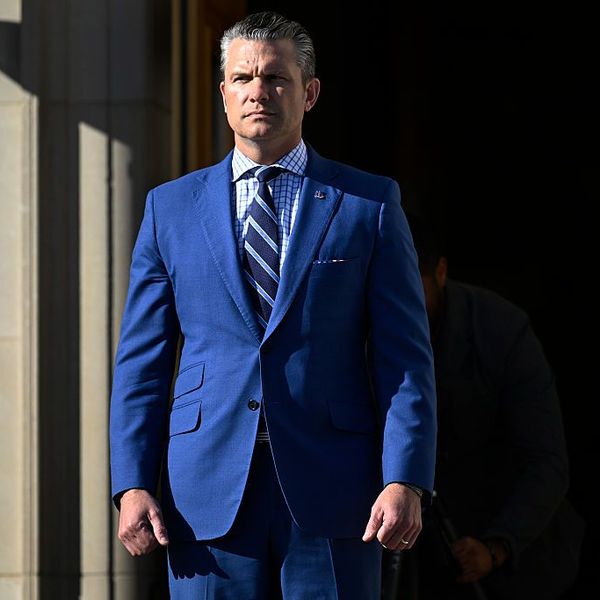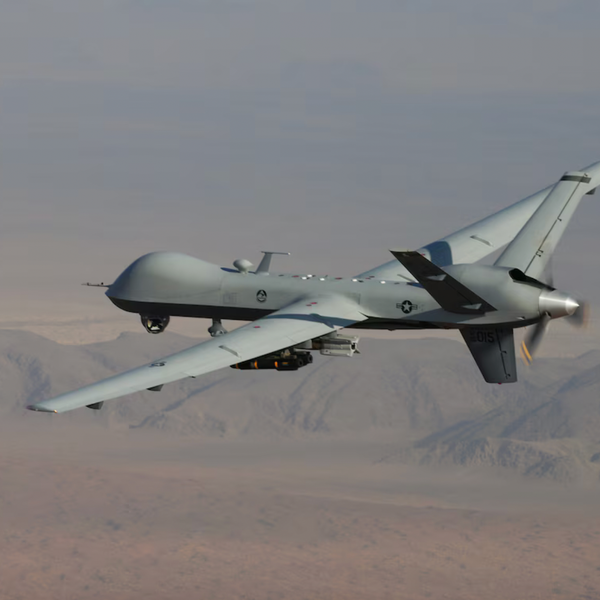Two Attacks in One Day Leave Six US Soldiers Dead as Mission Failure Perpetuates
Three more foreign soldiers, reported to be US marines, were killed at a NATO base Friday night following a similar attack Friday morning, which also left three US soldiers dead in the same region. The day was the bloodiest single day for foreign troops in the southern Helmand province since six British soldiers were killed by a roadside bomb in early March.
The shooters in the first case were Afghan police, assumed to be allies of the US. On Friday morning an Afghan commander and some of his men invited the US officers to join them for a meal and to discuss security before shooting them.
In the evening incident, the shooter who killed three other foreign soldiers, has not yet been identified as security personnel, but worked with the US soldiers on a joint base.
The attacks were the third and fourth green-on-blue attacks in less than one week. Such attacks have continued to rise steadily over the last several years. So far this year 37 soldiers and military contractors have been killed in 27 such attacks, far more than in 2011.
This trend, according to foreign policy experts, Common Dreams reported Friday, has long been on the rise in Afghanistan, and the most recent incidents speak to a US war strategy in tatters.
An Urgent Message From Our Co-Founder
Dear Common Dreams reader, The U.S. is on a fast track to authoritarianism like nothing I've ever seen. Meanwhile, corporate news outlets are utterly capitulating to Trump, twisting their coverage to avoid drawing his ire while lining up to stuff cash in his pockets. That's why I believe that Common Dreams is doing the best and most consequential reporting that we've ever done. Our small but mighty team is a progressive reporting powerhouse, covering the news every day that the corporate media never will. Our mission has always been simple: To inform. To inspire. And to ignite change for the common good. Now here's the key piece that I want all our readers to understand: None of this would be possible without your financial support. That's not just some fundraising cliche. It's the absolute and literal truth. We don't accept corporate advertising and never will. We don't have a paywall because we don't think people should be blocked from critical news based on their ability to pay. Everything we do is funded by the donations of readers like you. Will you donate now to help power the nonprofit, independent reporting of Common Dreams? Thank you for being a vital member of our community. Together, we can keep independent journalism alive when it’s needed most. - Craig Brown, Co-founder |
Three more foreign soldiers, reported to be US marines, were killed at a NATO base Friday night following a similar attack Friday morning, which also left three US soldiers dead in the same region. The day was the bloodiest single day for foreign troops in the southern Helmand province since six British soldiers were killed by a roadside bomb in early March.
The shooters in the first case were Afghan police, assumed to be allies of the US. On Friday morning an Afghan commander and some of his men invited the US officers to join them for a meal and to discuss security before shooting them.
In the evening incident, the shooter who killed three other foreign soldiers, has not yet been identified as security personnel, but worked with the US soldiers on a joint base.
The attacks were the third and fourth green-on-blue attacks in less than one week. Such attacks have continued to rise steadily over the last several years. So far this year 37 soldiers and military contractors have been killed in 27 such attacks, far more than in 2011.
This trend, according to foreign policy experts, Common Dreams reported Friday, has long been on the rise in Afghanistan, and the most recent incidents speak to a US war strategy in tatters.
Three more foreign soldiers, reported to be US marines, were killed at a NATO base Friday night following a similar attack Friday morning, which also left three US soldiers dead in the same region. The day was the bloodiest single day for foreign troops in the southern Helmand province since six British soldiers were killed by a roadside bomb in early March.
The shooters in the first case were Afghan police, assumed to be allies of the US. On Friday morning an Afghan commander and some of his men invited the US officers to join them for a meal and to discuss security before shooting them.
In the evening incident, the shooter who killed three other foreign soldiers, has not yet been identified as security personnel, but worked with the US soldiers on a joint base.
The attacks were the third and fourth green-on-blue attacks in less than one week. Such attacks have continued to rise steadily over the last several years. So far this year 37 soldiers and military contractors have been killed in 27 such attacks, far more than in 2011.
This trend, according to foreign policy experts, Common Dreams reported Friday, has long been on the rise in Afghanistan, and the most recent incidents speak to a US war strategy in tatters.

